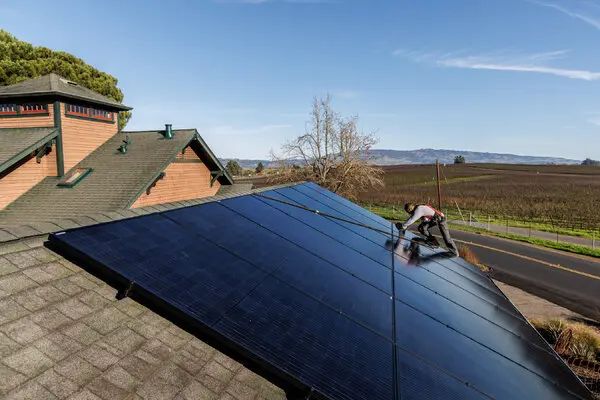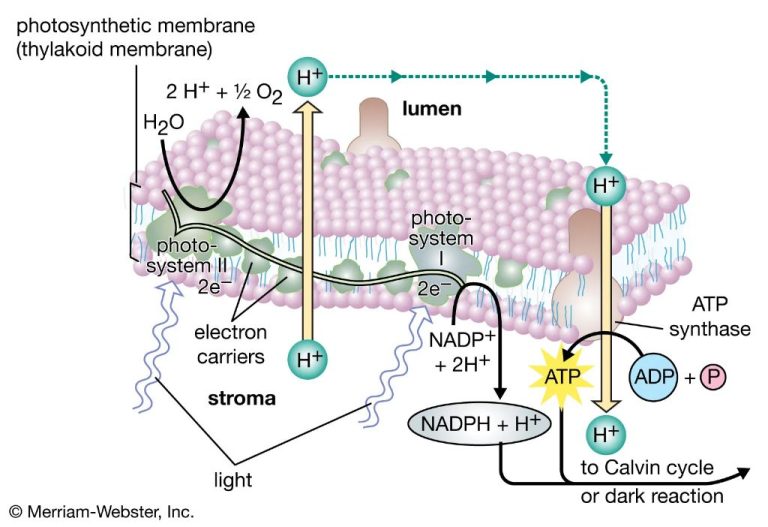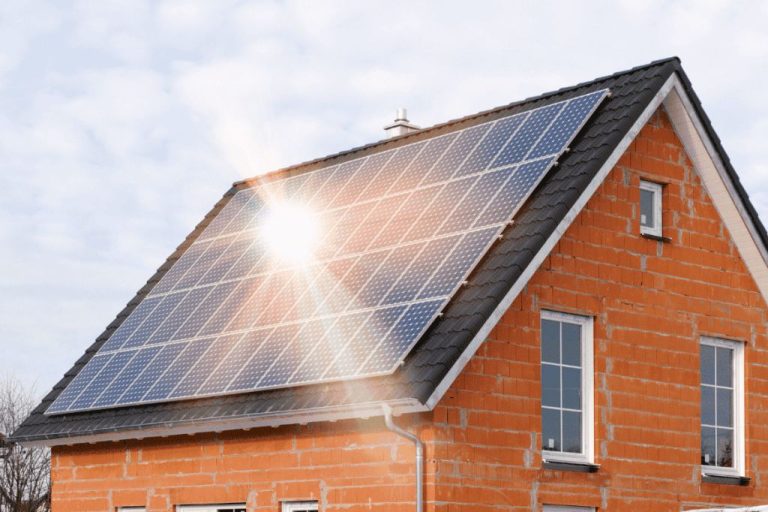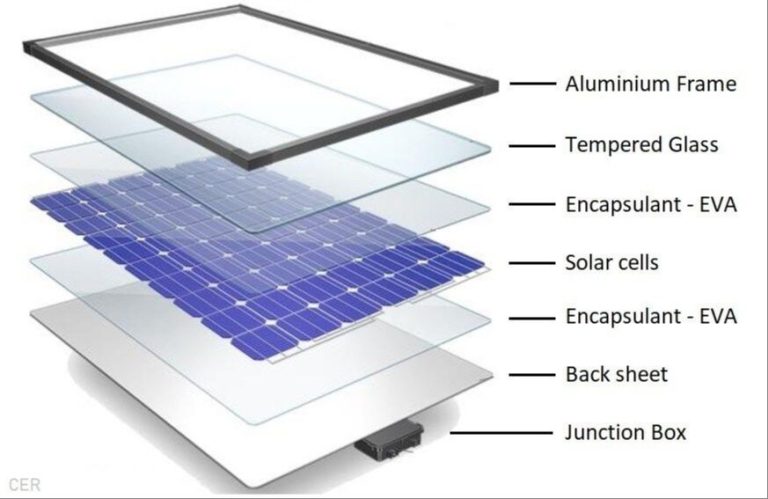What Is Pv Offset?
What is PV Offset?

PV offset refers to the percentage of a home or business’ electricity usage that is offset by an onsite solar photovoltaic (PV) system [1]. It compares the amount of solar energy produced to the amount of energy consumed from the grid over a given timeframe, usually annually. For example, if a home uses 10,000 kWh of electricity per year and their 5 kW solar system produces 8,000 kWh, their PV offset would be 80%.
PV offset is calculated by dividing the total solar energy production by the total energy consumption [2]. Many factors influence PV offset, including solar panel system size, orientation, shading, and local weather patterns. Larger systems in sunny climates will produce higher offsets. Energy efficiency measures like LED lighting and upgraded appliances can also increase offset by reducing consumption.
PV offset differs from carbon offset in that it directly displaces grid electricity usage rather than offsetting greenhouse gas emissions. While related, carbon offsets involve paying for emissions reductions from renewable energy projects to compensate for emissions created elsewhere.
Benefits of PV Offset
One of the main benefits of PV offset is that it provides renewable energy. Solar PV systems generate electricity from the sun, allowing households and businesses to reduce their reliance on fossil fuels like coal, oil and natural gas. According to research, “In 2019, renewable energy sources accounted for about 11% of total U.S. energy consumption and about 17% of electricity generation” [1]. Increasing PV offset can further boost these percentages.
PV offset also helps make solar power more cost effective. The upfront cost of installing a solar system can be high. However, tax credits and incentives can offset some of these expenses. Over time, the electricity generated from the PV system offsets the need to purchase as much grid electricity. This solar electricity is cheaper than utility rates in many areas. So increasing PV offset provides more return on investment over the system lifetime.
[1] https://www.eia.gov/energyexplained/renewable-sources/
How to Calculate Your PV Offset
Calculating your PV offset involves several steps:
First, assess your energy usage by examining your monthly electricity bills over the past year. This will give you an idea of how much energy your home uses on average.
Next, determine the system size needed to offset your usage. There are a few methods for estimating this:
- Use an online PV calculator like those from Palmetto Solar or Aurora Solar. Enter your average monthly usage and location, and it will recommend a system size.
- Take your annual usage in kWh and divide by the estimated production per kW for your area, usually around 1,200-1,500 kWh per kW per year.
- Use a rule of thumb like 5-10 solar panels per person in the household.
Then, estimate annual production from that system size using solar production calculators or formulas. Be sure to account for losses from shading, tilt, orientation, wiring, etc. Reduce the estimated production by around 15-25% to account for these real-world factors.
Compare your annual production estimate to your annual energy usage. It should offset 80-100% of your usage, depending on your goals.
Tweak the system size up or down as needed to find the optimal PV system for your particular home and energy needs.
PV Offset vs. RECs
PV offsets and renewable energy certificates (RECs) are two common ways for consumers and businesses to support renewable energy, but they work differently (EPA):
A PV offset represents the environmental attributes of 1 megawatt-hour (MWh) of renewable energy produced. When you purchase a PV offset, you are financially supporting the development of new renewable energy projects while reducing your carbon footprint. The PV offset is retired on your behalf so it cannot be claimed by anyone else (Carbon Better).
A renewable energy certificate (REC) also represents 1 MWh of renewable energy, but purchasing a REC does not directly lead to new renewable energy development. Instead, RECs allow companies to claim usage of renewable energy for sustainability reporting purposes. RECs are tradeable so they can be sold many times over (Carbon Credits).
The main pros of PV offsets are directly supporting renewable energy projects and having sole ownership of the environmental benefits. The cons are that they are generally more expensive than RECs.
The main pros of RECs are the lower cost and flexibility. The cons are the lack of direct environmental benefits and potential for double counting.
PV Offset Programs
There are a variety of programs that allow individuals and businesses to purchase PV offsets to reduce their carbon footprint. Some of the major PV offset programs include:
Native Energy – This non-profit organization provides PV offsets by developing renewable energy projects. Individuals can purchase offsets based on usage from home energy, vehicles, air travel, etc. Businesses can also purchase bulk offsets.
TripZero – A hotel booking portal, TripZero offers carbon offsets for business travel by calculating emissions from hotel stays, flights, and car rentals. Offsets come from third party verified projects.
Green Mountain Energy – This renewable energy provider allows customers to purchase PV offsets or renewable energy credits (RECs) to cover some or all of their electricity usage. Offsets fund new solar and wind projects.
Cool Effect – Non-profit that lets individuals offset their carbon footprint by supporting third-party verified clean energy projects around the world. Easy to use carbon footprint calculator.
To participate in most PV offset programs, individuals simply need to use an online footprint calculator to estimate their emissions, then purchase the recommended amount of offsets based on their calculated footprint and desired offset amount.
PV Offset Providers
Some major companies offering PV offset services include NativeEnergy, Green Mountain Energy, Arcadia, and TerraPass. When choosing a PV offset provider, it’s important to look for a reputable company that follows best practices and standards. According to Investopedia, top providers are transparent about their projects and methodologies, pursue third-party verification, and engage in direct project investments. Look for a provider that supports renewable energy projects with additionality, like new solar or wind farms, instead of buying renewable energy credits (RECs) from existing projects. The provider should thoroughly vet its projects and offer a selection so you can choose how your money is spent based on your values and priorities. Leading PV offset providers will also clearly explain how they calculate carbon offsets. You may want to research a potential provider’s reputation and commitment to high-quality offset projects.
Cost of PV Offset
The cost of PV offset is primarily based on the cost per kilowatt-hour (kWh) that is offset. According to one source, the cost per kWh offset typically ranges from $0.09 to $0.12 for residential solar panels (1).
Factors that impact the cost per kWh offset include:
- Location – Areas with more sun exposure can offset more kWh per panel
- System size – Larger systems spread fixed costs over more kWh
- Panel efficiency – More efficient panels produce more kWh per panel
- Electricity rates – Higher utility rates increase the value of each kWh offset
- Incentives/rebates – Tax credits and other incentives reduce net system costs
Ways to reduce the cost per kWh offset include:
- Installing panels in an optimal sunny location
- Sizing the system to match your electricity usage
- Using high efficiency panels (2)
- Exploring federal tax credits and local incentives (3)
- Comparing quotes to find the best installer price
With smart system design and shopping around, homeowners may be able to achieve PV offset for $0.05 per kWh or less.
(1) https://extensionpublications.unl.edu/assets/html/g2182/build/g2182.htm
(2) https://www.forbes.com/home-improvement/solar/cost-of-solar-panels/
(3) https://www.thisoldhouse.com/solar-alternative-energy/reviews/solar-panel-cost
Criticisms of PV Offset
One major criticism of PV offset programs is concerns about additionality. Additionality refers to the idea that the renewable energy supported by the PV offset would not have otherwise been developed without the funding from the offset purchase. There is debate about whether many PV offset programs truly lead to additional renewable energy capacity, or if they are supporting projects that would have been built anyway (Osmani, 2023). This concern reduces the credibility and impact of some PV offset programs.
Another common criticism is the risk of greenwashing. Some worry that companies or individuals are purchasing PV offsets as a way to claim sustainability without making meaningful change to reduce their overall environmental impact. There is a risk that PV offsets enable continued high emissions levels rather than driving real reductions (Palmetto, 2022). More transparency and accountability around PV offset purchases is needed to combat greenwashing risks.
Future of PV Offset
The future looks bright for PV offset. According to a report by the International Renewable Energy Agency (IRENA), global installed solar PV capacity is projected to grow from 580 GW in 2019 to over 4500 GW by 2050 [1]. This massive growth will be driven by falling costs and supportive government policies.
New solar cell technologies like perovskites and tandem cells promise to push efficiencies even higher while lowering costs further [2]. These next-generation solar cells could lead to widespread adoption on rooftops, building facades, vehicles, and consumer devices. PV offset will likely expand in tandem with these new applications.
Solar PV electricity costs are projected to fall by a further 60% by 2050 [1]. This will make PV offset an even more affordable way to reduce carbon emissions. With ambitious climate goals worldwide, demand for voluntary PV offset is poised for tremendous growth.
PV Offset Case Studies
There are several successful company examples that have implemented PV offsets. For instance, Nassau Candy implemented a 1.24 MW solar PV system that offsets 100% of the energy consumption at their manufacturing facility, generating 1.4 million kWh of renewable energy annually (https://www.centricabusinesssolutions.com/us/case-study/nassau-candy-offsets-100-energy-consumption-solar-power). The PV system at Nassau Candy will offset over $200,000 in annual electricity costs.
Another case study from the US Department of Energy examines a 150 kW rooftop solar PV system installed at a large commercial office building in Washington, D.C. The system offsets 35,000 kWh annually, providing over $4,900 in utility bill savings per year (https://betterbuildingssolutioncenter.energy.gov/sites/default/files/Thurs%20-%20Integrating%20Solar%20PV_%20Strategies%20and%20Case%20Studies.pdf).
These examples demonstrate how companies can successfully implement PV offset systems to reduce energy costs and meet sustainability goals.





